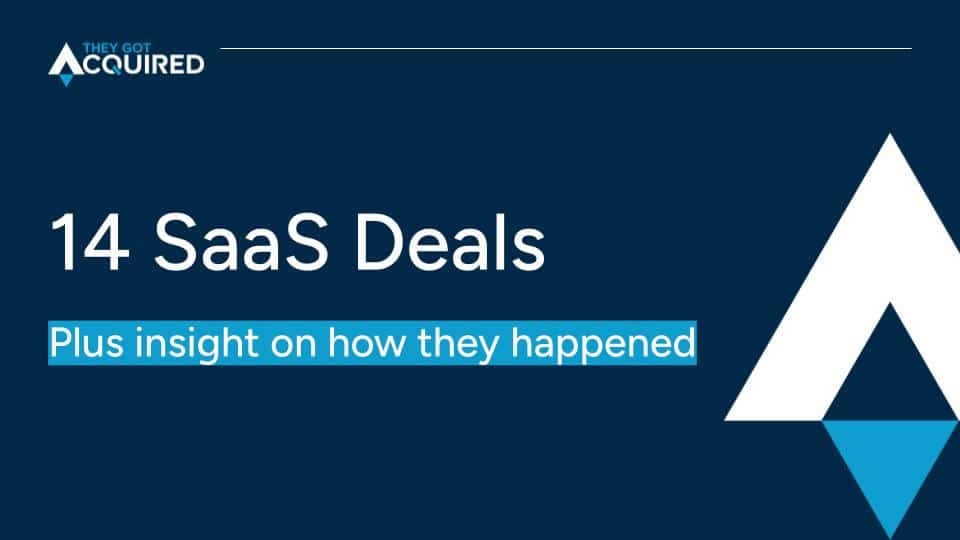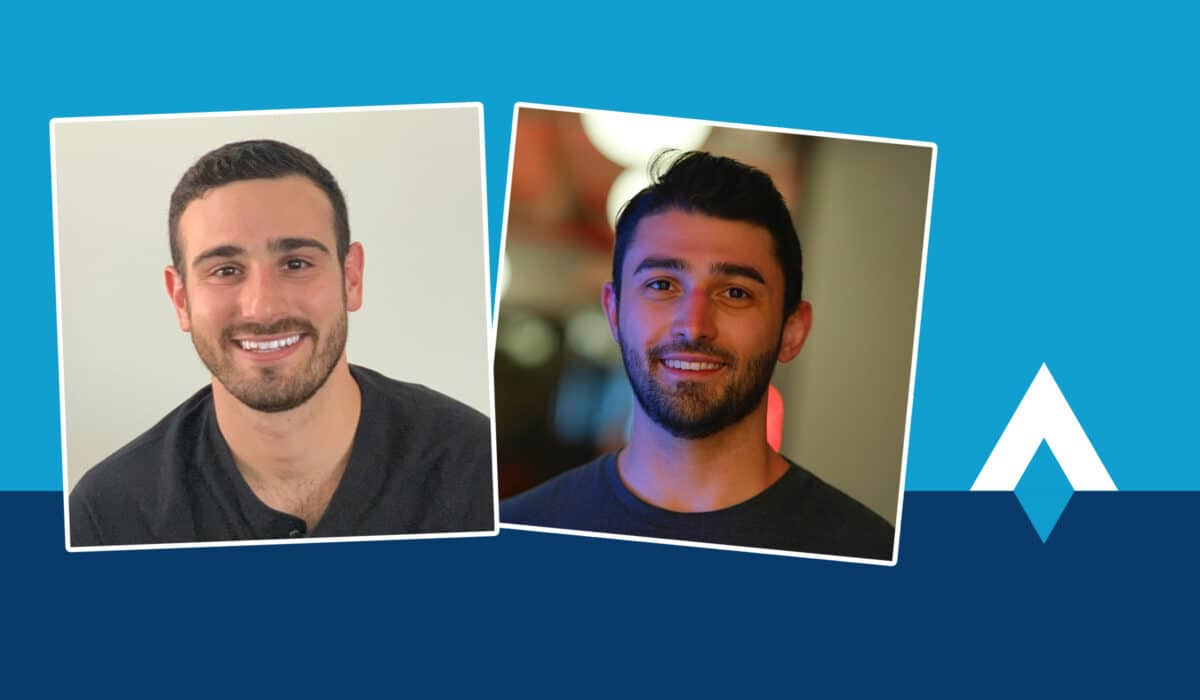The produce industry moves slowly.
It often took a year for F. Charles Waud, founder of SaaS company WaudWare, to close deals with new clients. He recalled one sale cycle that took 10 years to go from initial call to sale.
“We learned early on to be patient,” said Waud, who ran the company for decades before selling in 2022. “I’ve seen a ton of tech companies come into our industry, make a bunch of noise about being the latest and the greatest, and then leave or go out of business.”
Waud’s patience is what helped him build WaudWare into a thriving software company for the produce industry. It also helped him sell for 10x EBITDA — without a broker.
How WaudWare disrupted the produce industry
Waud founded WaudWare in 1989 after working for an IBM value-added reseller (VAR). They had several customers in the Ontario Food Terminal, the largest wholesale fruit and produce distribution center in Canada, and third largest in North America.
One of the customers talked Waud into working for him as a consultant and creating software they wanted. That sparked the idea of WaudWare. Waud self-funded the company using revenue.
The Canada-based software company helps produce companies with inventory management and accounting. Its flagship product is the Produce Inventory Control System (PICS), which helps produce wholesalers, distributors, brokers, farmers, packers, and storage facilities maintain accurate inventory records for traceability.
Tracking inventory requires entering receipts, shipments, adjustments and other transactions — and is often duplicated for accounting purposes. PICS is an all-in-one software that handles both.
Alongside building a software that’s appealing to its customers, WaudWare also had to meet the strict requirements of the FDA’s Food Safety Modernization Act and Canada’s Safe Food for Candian’s Act.
The software cost around $11,000 for a single user and $3,000 to $4,000 for each additional user, according to a 2021 version of the site. Discounts were available for five or more licenses.
Those were one-time, lifetime fees (not annual fees), but Waud told us customers also paid 20% of the purchase price each year for updates, which created a recurring revenue model.
Eventually, Waud offered a monthly subscription option as well because his competitors offered that fee structure. Customers could get a free demo of the software, then opt into a monthly subscription for a single user for $288 a month, plus additional implementation and training costs.
The company was profitable 95% of the 35 years since its launch, Waud shared. At sale, the team consisted of Waud, two employees and several contractors.
How Waud sold WaudWare without a broker or advisor
Waud wasn’t looking to sell, but he began considering it when he was approached by two buyers in 2022.
“I needed a path to retirement,” he said. “I can’t keep doing this forever — although most of the time, I wish I could.”
Waud had no experience selling a business — and he didn’t bring on an M&A broker or advisor. Instead, he spoke with business owners who had experience selling.
He’s also active in his local Board of Trade (think: Chamber of Commerce), where he built connections with lawyers, accountants, consultants, and bankers. Through the years, he collected the information he needed to feel comfortable selling WaudWare on his own.
Waud urges founders to begin the research process well ahead of selling, and to practice patience throughout the sale process.
“Don’t allow the buyer to pressure you,” he said. “If they are interested, others will be, too, so don’t just do it because you are afraid no one else will want to buy your business.”
The most challenging part of selling WaudWare was deciding between the two buyers. But that enabled Waud to use the two competing offers to his advantage.
“We let each of those two buyers know we were in discussions with the other but didn’t disclose the name of the companies,” he said. “It did cause both of them to ‘sweeten’ the offer.”
The all-cash offer from food technology company GrubMarket — and the fact that it’s based in North America — is what swayed his decision.
In April 2022, the sale was announced. Waud couldn’t disclose the sale price, but he did share that WaudWare sold for 10x EBITDA and 1.5x revenue.
After the sale, Waud continued to work for WaudWare, doing exactly what he did before.
“The buyer has not asked us to do anything differently — other than provide financial reports,” he shared. “I found that my stress level, and hence blood pressure, has gone down 90% since I sold.”



